At first I want to mention that I am new in ontology and protege. I try to develop an ontology using protege 5.0. I defined some data properties with enumerated range which I defined in data range expression like this: {"Balanced" , "Clever" , "Energetic" , "Lazy" , "Talkative"}. Now I want to define an individual and want to choose a value from the range I defined above as filler for a datatype property. How can I do this?
thanks for your help in advance
